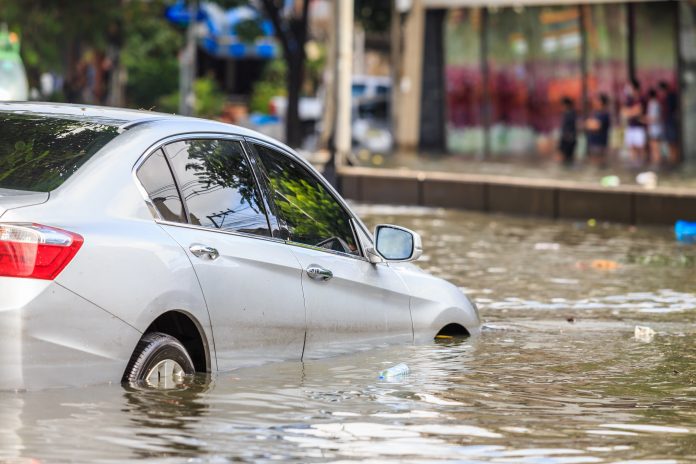Tropical storms and hurricanes, such as Hurricane Helene, can cause significant damage to homes, roads, and vehicles, often resulting in thousands of cars being submerged in water. This damage significantly impacts the used vehicle market, as flooding leads to an increase in water-damaged cars entering the market in the months following. According to CARFAX, as many as 89,000 vehicles were affected by water damage between June and August of this year alone. And that’s on top of the 454,000 water-damaged vehicles on the road in 2023.
While flood damage is commonly associated with coastal regions, buyers across the country need to be vigilant. Corrupt resellers often clean up flooded vehicles, transport them to non-affected areas, and sell them to unsuspecting buyers. According to CARFAX’s editor-in-chief, Patrick Olsen, states like Ohio, Utah, Minnesota, and Illinois see many flood-damaged cars despite flooding not being a top concern for consumers in those areas.
Additionally, if undetected, water-damaged vehicles may contribute to inflated repair costs and decreased vehicle reliability, adding a financial strain to buyers already facing high interest rates.
According to Experian, interest rates for used car loans hover around 12%, and the average price of a used car stood at $25,415 as of August 2024, according to Cox Automotive. These factors increase the cost burden for buyers, especially if they unknowingly purchase a flood-damaged vehicle.
Tips for Avoiding Flood-Damaged Vehicles
After the widespread devastation caused by Hurricane Helene, it is crucial to highlight ways for buyers to avoid squandering money on used vehicles. Such as:
- Use your sense of smell: Musty odors or overpowering air freshener scents may indicate water damage.
- Inspect carpets and upholstery: Look for dampness or water stains, especially in hard-to-reach areas.
- Check for rust: Examine unpainted metal parts for signs of rust, which could indicate water exposure.
- Look under the hood: In the engine bay, look for mud, debris, or water lines, and check the oil for signs of contamination.
- Test electronic components: Ensure all electronic parts function properly and check for brittle wires under the dashboard.
Conclusion
Flood-damaged vehicles can severely impact the preowned market after significant storms, often surfacing in regions where buyers least expect them. Whether you’re in a flood-prone area or not, it’s essential to research and perform detailed inspections when purchasing a used vehicle. By taking these precautions and staying informed, you can navigate the used-car market confidently, avoiding costly mistakes and ensuring long-term reliability in your purchase.



